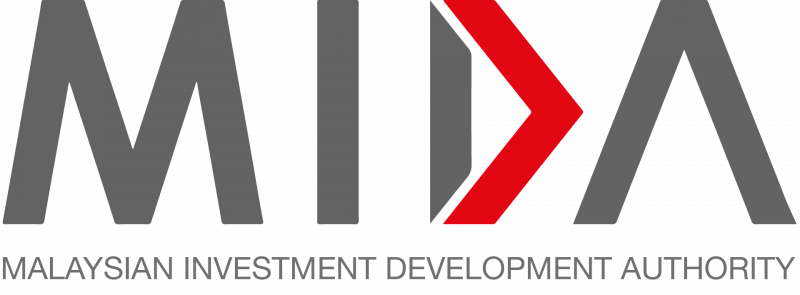EG Industries Bhd has signed a second letter of intent with US-based Cambridge Industries Group (CIG) to produce the next-generation 1.6T advanced high-speed optical signal transmitter and receiver for 5G wireless networks at EG Industries’ new Smart Factory 4.0 in Penang (PG2).
In a statement, EG Industries said the 1.6T photonics optical modules represent the industry’s latest advancement, enabling high-speed data transmission in 5G wireless networks for automation and Artificial Intelligence (AI) applications.
EG Industries is CIG’s exclusive manufacturer outside of China, in a strategic partnership for the manufacturing and transfer of technology and intellectual property of CIG’s photonics solutions.
Additionally, the latest LOI includes the production of 800G optical modules, complementing the previously agreed 100G, 200G, and 400G models in the first LOI in 2022.
The production will take place at EG Industries’ existing facilities in Sungai Petani, Kedah, and the newly built Smart Factory 4.0 which is scheduled to commence operations by the second half of 2024.
Source: The Star
EG Industries expands partnership with US-based R&D firm
Content Type:
Duration:




